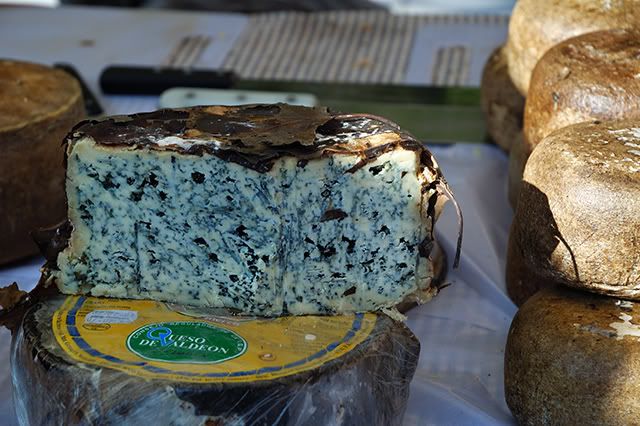
Are you trying to come up with ideas for your Christmas main course, do you really want to surprise your family with something totally off the beaten track in these times of religion inspired celebrations?
Then why don't you go for an authentic Tuna Tataki, the Japanese way.
As you know Barcelona Photoblog works around the inspiration of an image to make up a story and I had this beautiful tuna tataki photograph I took in one of my favorite spots in the city:
The chef there surprised me with this exquisite presentation of small tuna cubes dipped in ponzu sauce adorned with wasabi pearls and some caviar served on a bone with its marrow.
I was already a fan of tataki (Japanese たたき: "pounded" or "hit into pieces"). I remember having my best ever tataki made with almadraba tuna, in a Rio Tinto mine restaurant in Huelva. Man, was that something!!!
And so I decided to take some self teaching. I have seen the most weird recipes on the web but I fell in love with a very simple one made by a real Japanese chef, no pretentious high class cuisine stuff, who prepares the fish fast and totally for dummies. In my opinion the important thing is how to sear and slice the tuna. The following video will show you how.
These are the only ingredients you need:
- Slice onions
- Wakame seaweed (I can skip this)
- Corn Oil (or Olive Oil in my case)
- Scallions (like a thin calçot)
- Cucumber
- Ponzu Sauce
- Micro green leaves like Shiso for example
- Tomato and a slice of lemon for decoration
Here is Hiroyuki Terada in his Diaries of a Master Sushi Chef
By the way, while you are at it, why not learning at least basic japanese Kana symbols, with the Kanji Study app for Android or for iOS. I killed a lot of time on a plane once learning this. Or perhaps you can take your first steps with Duolingo Japanese course.
Happy different Christmas everyone!
Best wishes


![Spanish Food: Aged Manchego Cheese [enlarge]](https://i63.photobucket.com/albums/h135/carloslorenzo/AgedManchegoCheese_.jpg)